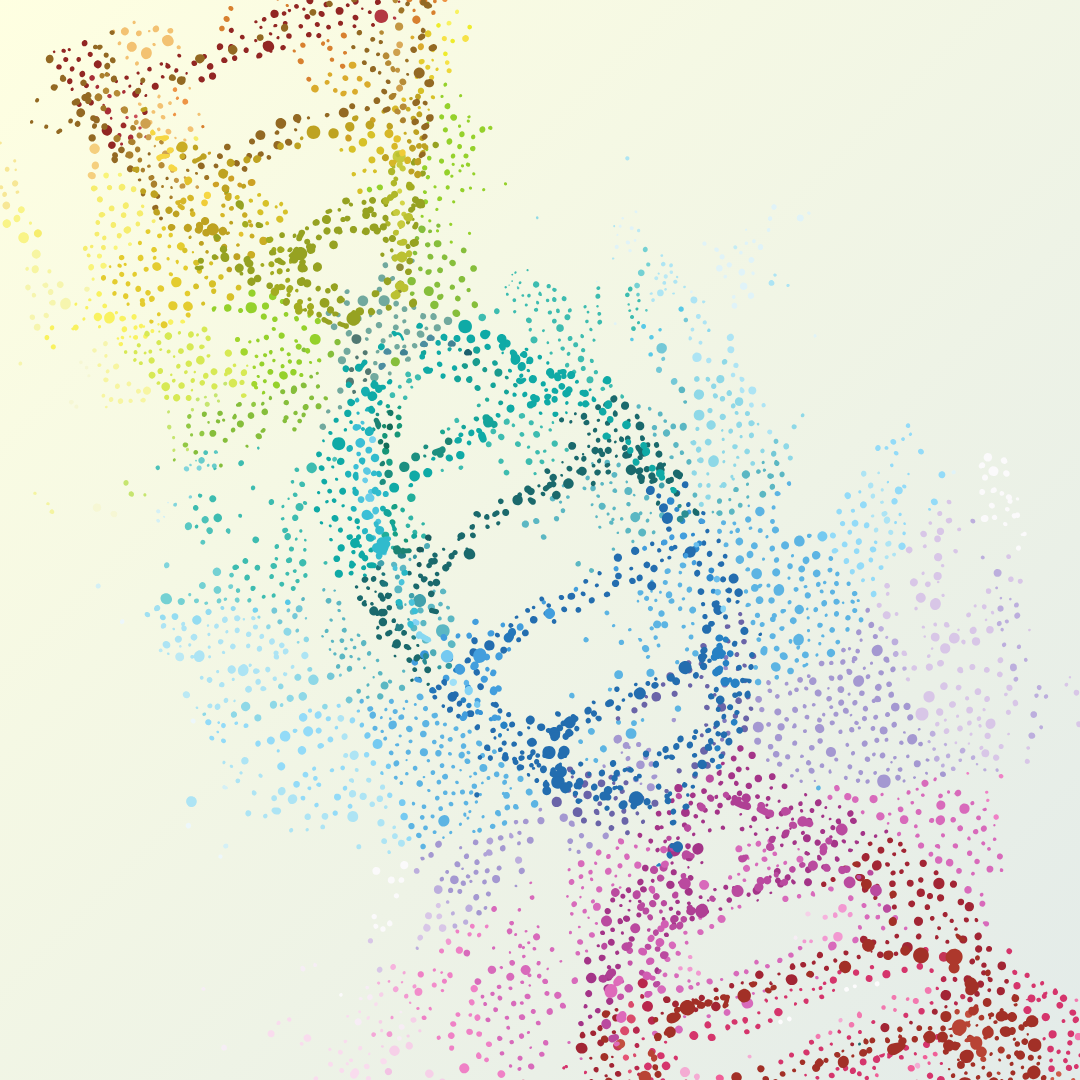The DNA Test Delusion
By Kristen V. Brown,
Bloomberg
| 05. 14. 2024
Answers to our greatest questions, we were told about a decade ago, could be ours if we just spat in a tube. Celebrities were using DNA tests to trace their ancestry on the hit TV show Finding Your Roots. A “Who’s Your Daddy” truck rumbled through the streets of New York City, offering paternity tests on the go. Angelina Jolie sent droves of women scrambling to get their DNA tested when she wrote a 2013 op-ed in the New York Times. Jolie, whose mother was diagnosed with breast and ovarian cancer and died at 56, credited a DNA screening with identifying a mutation in her BRCA1 gene that meant she had an elevated risk for cancer, too. In detailing her choice to get a double mastectomy, she helped cement the popular understanding that a single gene could mean the difference between life and death.
A few months after the op-ed ran, during an appearance on CBS This Morning, 23andMe Chief Executive Officer Anne Wojcicki said she was bringing the power of these sorts of DNA tests to everyone. Her startup would make testing...
Related Articles
By Emily Glazer, Katherine Long, Amy Dockser Marcus, The Wall Street Journal | 11.08.2025
For months, a small company in San Francisco has been pursuing a secretive project: the birth of a genetically engineered baby.
Backed by OpenAI chief executive Sam Altman and his husband, along with Coinbase co-founder and CEO Brian Armstrong, the startup—called...
By Jessica Hamzelou, MIT Technology Review | 11.07.2025
This week, we heard that Tom Brady had his dog cloned. The former quarterback revealed that his Junie is actually a clone of Lua, a pit bull mix that died in 2023.
Brady’s announcement follows those of celebrities like Paris...
By Emily Mullin, Wired | 10.30.2025
In 2018, Chinese scientist He Jiankui shocked the world when he revealed that he had created the first gene-edited babies. Using Crispr, he tweaked the genes of three human embryos in an attempt to make them immune to HIV and...
Public domain portrait of James D. Watson by Cold Spring Harbor Laboratory
and the National Human Genome Research Institute on Wikimedia Commons
James Watson, a scientist famous for ground-breaking work on DNA and notorious for expressing his antediluvian opinions, died on November 6, at the age of 97. Watson’s scientific eminence was primarily based on the 1953 discovery of the helical structure of DNA, for which he, Francis Crick and Maurice Wilkins shared the 1962 Nobel Prize in Physiology or...




